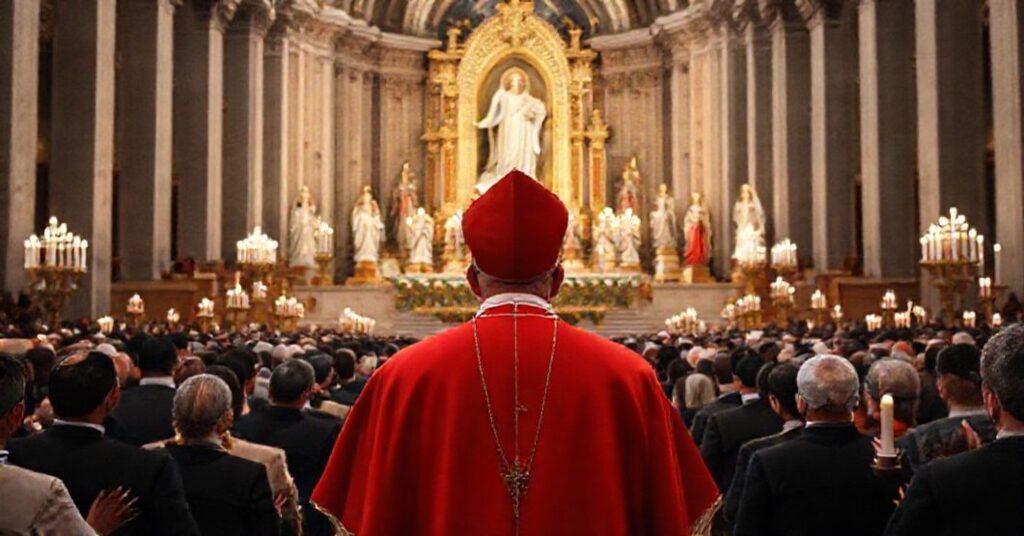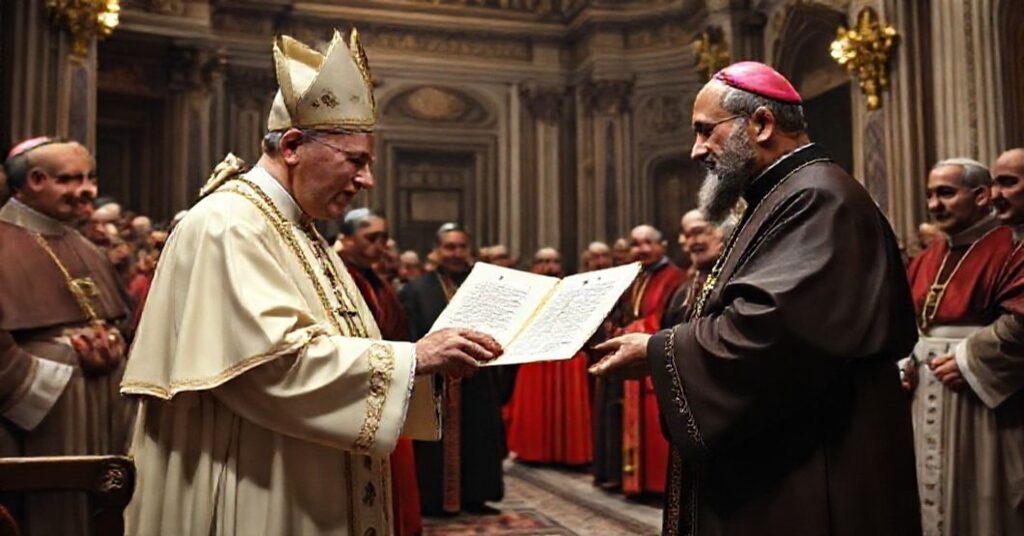Monachium, adorned in this Latin letter by John XXIII as pious, artistic, Eucharistic, and chosen to host an “International Eucharistic Congress,” is presented as a privileged stage where the cult of the Blessed Sacrament is to be solemnly exalted under the personal mandate of Cardinal Testa, papal legate of the newly elected pontiff and herald of the coming council. The text extols the Eucharist as sign of unity, compares the Munich gathering to a “station” for the whole world in imitation of Roman stational liturgy, and explicitly subordinates the entire event to the same purposes for which he convoked the so-called ecumenical council: prayer against materialism, promotion of social structures according to “Christian principles,” expansion of “Christ’s religion” throughout the world, and blessing of marriages and public life. Behind the sacral rhetoric, however, stands the inaugural choreography of the conciliar revolution: instrumentalization of Eucharistic language as a façade for aggiornamento, dilution of Catholic doctrine into humanistic slogans, and the inauguration of a pseudo-magisterium that would soon enthrone religious liberty, collegiality, and false ecumenism against the perennial teaching of the Church.










